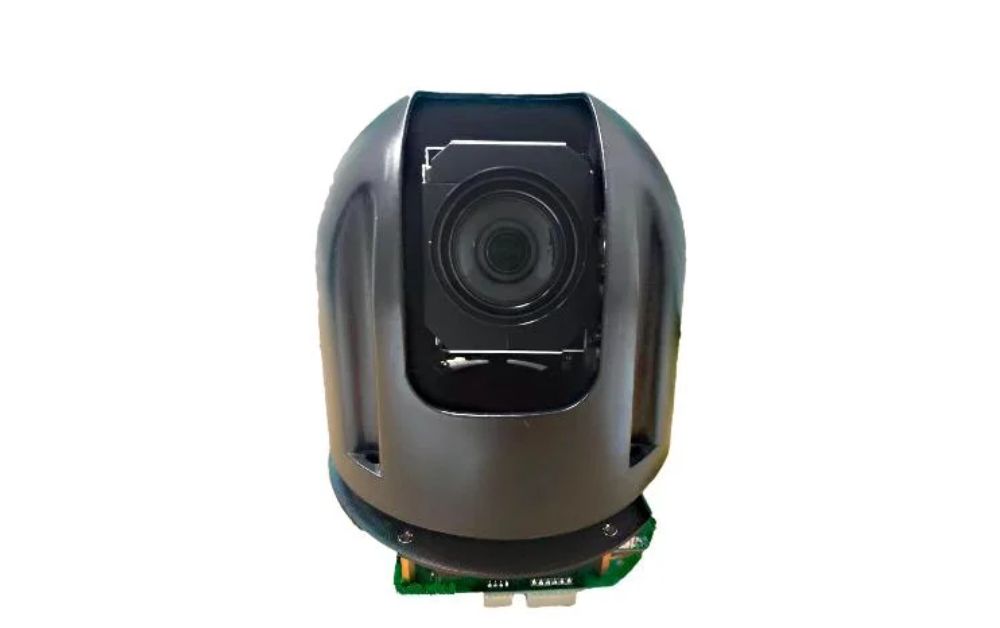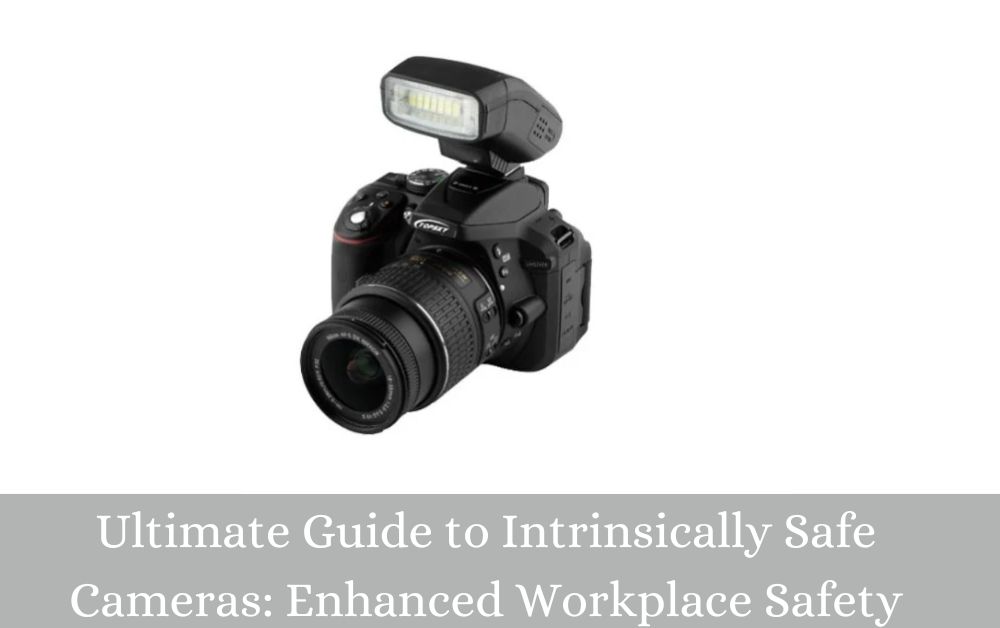In today’s ever-evolving world, safety in hazardous environments is paramount. Industries such as oil and gas, manufacturing, and mining require robust safety measures to protect both personnel and equipment. One technological innovation that has been a game-changer in these sectors is the intrinsically safe camera. These cameras offer a unique blend of cutting-edge technology and safety compliance. In this comprehensive guide, we will explore intrinsically safe camera , understand their importance, delve into their applications, and highlight key considerations when choosing the right device for your workplace.
Unpacking the Significance of Intrinsically Safe Cameras
The Role of Intrinsically Safe Cameras
Intrinsically safe cameras are purpose-built to operate in potentially explosive environments where traditional electronic devices could ignite flammable gases, vapors, or dust particles. They are engineered to eliminate the risk of electrical sparks or heat that could lead to catastrophic incidents.
Why Intrinsically Safe Cameras Matter
- Safety Assurance: Intrinsically safe cameras ensure the safety of workers by reducing the risk of explosions or fires in hazardous areas.
- Compliance: They meet strict safety standards and regulatory requirements, making them indispensable in industries where safety is non-negotiable.
- Documentation: These cameras enable the capture of crucial visual data in real-time, supporting incident analysis and compliance reporting.
Types of Intrinsically Safe Cameras
Intrinsically safe cameras come in various forms, catering to specific workplace needs. Let’s explore the primary types:
1. Explosion-Proof Cameras
Description: These cameras are designed to withstand and contain an internal explosion, preventing it from igniting external hazardous atmospheres.
2. Infrared (IR) Cameras
Description: IR cameras are used to capture thermal images, making them ideal for identifying hotspots or temperature anomalies in industrial settings.
3. Closed-Circuit Television (CCTV) Cameras
Description: CCTV cameras are widely used for surveillance in hazardous areas, providing real-time monitoring capabilities.
4. High-Definition (HD) Cameras
Description: HD cameras offer superior image quality, allowing for precise visual documentation and analysis.

Key Considerations When Choosing an Intrinsically Safe Camera
Selecting the right intrinsically safe camera for your workplace necessitates careful evaluation of several factors:
1. Hazardous Area Classification
Understand the specific hazardous area classification in your workplace to determine the camera’s certification requirements.
2. Environmental Conditions
Consider the environmental conditions, including temperature, humidity, and exposure to chemicals, as these factors can impact camera performance.
3. Image Quality and Resolution
Choose a camera with the appropriate image quality and resolution to meet your documentation and analysis needs.
4. Battery Life and Power Source
Evaluate the camera’s battery life and power source compatibility, ensuring it can operate effectively during extended work shifts.
5. Certification and Compliance
Verify that the camera complies with industry standards and regulatory certifications relevant to your sector.
6. Integration with Existing Systems
Ensure the camera can seamlessly integrate with your existing safety and monitoring systems for streamlined operations.
Applications of Intrinsically Safe Cameras
Intrinsically safe cameras find diverse applications across industries:
1. Oil and Gas
- Monitoring: Used for monitoring critical equipment and processes in refineries and drilling sites.
- Inspection: Facilitate remote inspections of pipelines and storage tanks.
2. Manufacturing
- Quality Control: Assist in quality control by capturing high-resolution images of products on production lines.
- Safety: Enhance workplace safety through real-time surveillance.
3. Mining
- Exploration: Capture geological data in hazardous underground mines.
- Emergency Response: Aid in emergency response efforts by providing visual data during incidents.
Benefits of Intrinsically Safe Cameras
Investing in intrinsically safe cameras offers a multitude of advantages:
- Enhanced Safety: Mitigate the risk of explosions and fires in hazardous environments, safeguarding both personnel and assets.
- Regulatory Compliance: Ensure compliance with stringent safety regulations and industry standards.
- Documentation: Capture crucial visual data for incident analysis, compliance reporting, and quality control.
- Operational Efficiency: Improve efficiency by enabling real-time monitoring and remote inspections.
Also Read – Unveiling the Power of Intrinsically Safe Cameras
Conclusion
Intrinsically safe cameras have redefined safety standards in industries where hazardous environments are the norm. Their ability to combine cutting-edge imaging technology with uncompromising safety measures makes them indispensable tools for enhancing workplace safety, compliance, and operational efficiency. When selecting an intrinsically safe camera, meticulous consideration of factors such as hazardous area classification, environmental conditions, and integration capabilities is key. Embrace the power of intrinsically safe cameras, and elevate safety standards in your workplace. Your commitment to safety today will shape a safer and more productive tomorrow.
This article is publish by usidesk should have given certain idea about Intrinsically safe camera .

